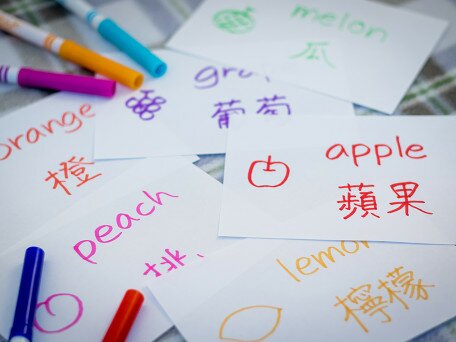Uncovering Relationship between Strategy Use and Chinese Character Writing Performance among L2 Learners in Local and Foreign Contexts: A Crosslagged Panel Analysis
- 項目計劃:
- 優配研究金
- 項目年份:
- 2021/2022
- 項目負責人:
- 梁源博士
- (中國語言學系)

The use of learning strategies correlates strongly with good performance in second language (L2) learning. While considerable studies have centred on performance variables including reading, verbal communication, and word learning, little attention has been paid to examining the influence of strategy use on Chinese character-writing performance (CCW) (referring to handwriting particularly), or their reciprocal relationship among L2 learners.
Characters are the basic units for Chinese literacy, thus CCW is a first hurdle L2 learners must overcome. As Chinese logography is drastically different to those of other languages, Chinese L2 students need to develop specific actions that incorporate the unique properties of Chinese characters to be able to cope with CCW learning tasks.
Using a cross-lagged panel design, this study investigates the concurrent and prospective effect of strategy use on CCW performance through two groups of adolescent L2 beginners: 150 non-Chinese ethnic students from local schools in Hong Kong (CSL learners) and 150 students from Vietnam (CFL learners). The use of learning strategies by students is identified by a Strategy Inventory for Chinese Character Writing Learning (SICCWL). CCW performance, including the accuracy and written latency (reaction time), is assessed through three writing tasks: translation, dictation, and immediate copying. Each task contains 50 concrete words selected from students’ respective Chinese textbooks. The students are to complete the SICCWL and the writing tasks at two time points, separated by a six-month interval. They are also required to provide information of CCW exposure outside their classroom context through the pre- and post-modified Language Contact Profile for CCW.
Quantitative (including descriptive statistics, multiple regression and structural equation modelling) and qualitative analyses are conducted on two sets of longitudinal data, in order to: (i) evaluate the significant effectiveness of strategy use on CCW performance among CSL and CFL students concurrently and overtime; (ii) examine whether the bidirectional relationship of strategy use and CCW performance vary between CSL and CFL; and (iii) depict how context affects the relationship of learning strategies and CCW development among L2 learners.
This study promises discoveries of significant theoretical and practical potential. It expands the scope of research on skill-specific learning strategies, and connects individual differences and learning settings to explore the underlying factors affecting the CCW component of literacy acquisition. Since effective learning strategies can be taught explicitly, the results of this study have important pedagogical implications in increasing learner autonomy and overcoming the learning difficulties of Chinese L2 learners globally.








